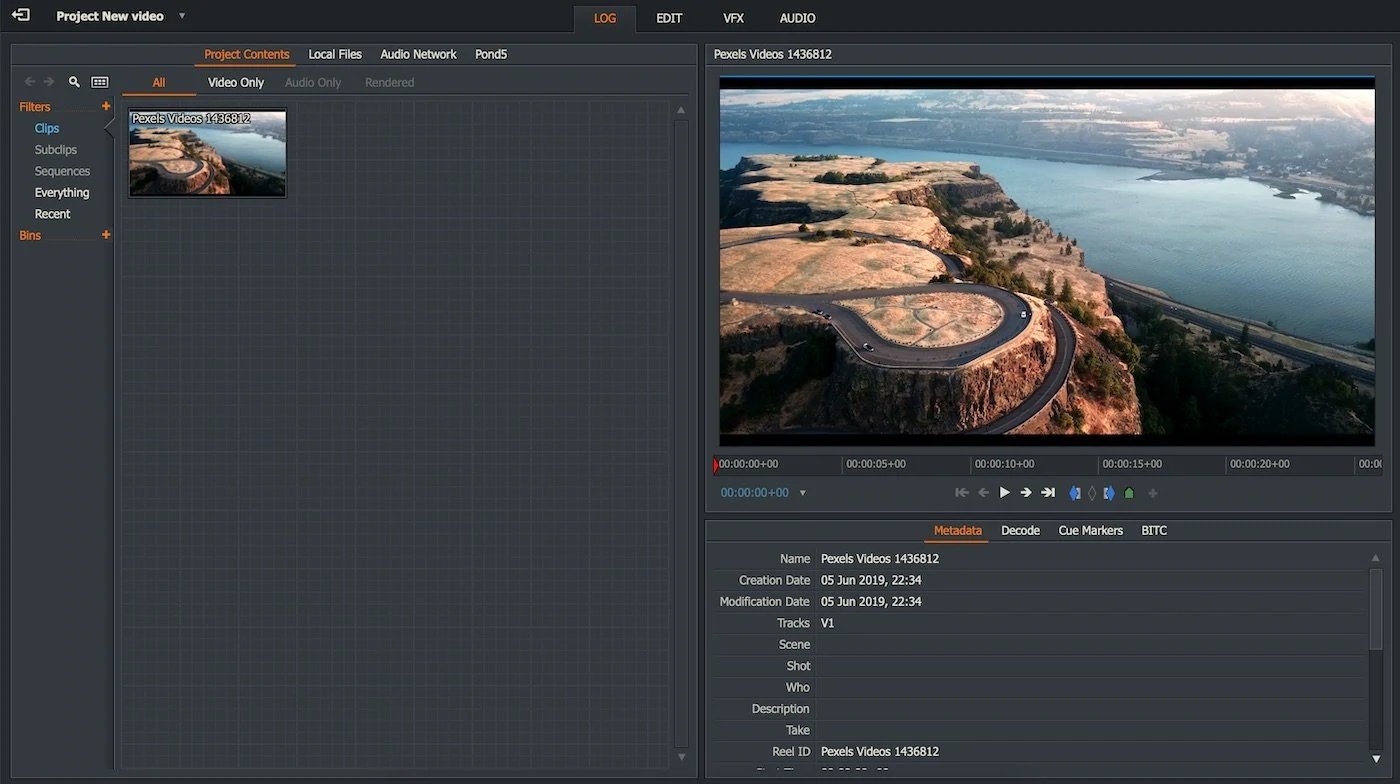Blitz News Digest
Stay updated with the latest trends and insights.
From Footage to Fantastic
Transform ordinary footage into extraordinary visions! Discover tips, tricks, and inspiration to elevate your video projects.
Transforming Raw Footage: Essential Editing Techniques
Transforming raw footage into an engaging and polished video requires a mastery of essential editing techniques. First and foremost, storyboarding is critical; this involves planning the structure of your video to ensure a cohesive narrative. Once your footage is organized, employing techniques such as color grading can significantly enhance the visual appeal. Adjusting brightness, contrast, and saturation levels not only corrects imperfections but also sets the mood of the piece. Audio editing is equally important; incorporating background music and sound effects can elevate the viewing experience, drawing viewers into the story you're telling.
Another important aspect of video editing is transitions. Using smooth transitions between clips helps maintain the flow of the video and keeps the audience engaged. Additionally, don't underestimate the power of cutting; precise cuts can dramatically improve pacing and emphasize key moments in your footage. Finally, always remember to review and revise your edit. Taking the time to get feedback and make adjustments ensures that your final video delivers maximum impact. Mastering these essential editing techniques will not only transform your raw footage but also enhance your storytelling capabilities.

The Art of Storytelling: How to Turn Footage into Engaging Content
The art of storytelling is essential for converting raw footage into engaging content that resonates with viewers. Whether you're creating a documentary, a promotional video, or a vlog, the way you structure your narrative can significantly impact the audience's perception and emotional connection. Start by identifying the core message of your footage and outlining a storyline that captures interest from the very first frame. Use techniques such as visual hooks to draw in your audience and establish a compelling beginning, middle, and end.
To enhance your storytelling, consider incorporating elements like character development and conflict, which can elevate the emotional stakes of your content. Use dynamic editing and transitions to create a flow that keeps the viewers engaged, and don't forget to weave in relevant details that enrich your narrative. By crafting a story that is relatable and authentic, you ensure that your footage becomes more than just a collection of clips; it transforms into a memorable experience that leaves a lasting impression on your audience.
Common Mistakes to Avoid When Editing Footage
Editing footage can be a daunting task, especially for beginners who are eager to showcase their creativity. One of the most common mistakes is neglecting to organize your clips prior to editing. This can lead to a chaotic timeline that makes it difficult to find the right footage when you need it. Create a system for labeling your clips and grouping them into folders, categorized by scenes or themes. This not only streamlines the editing process but also enhances your workflow and allows for greater focus on storytelling.
Another frequent pitfall is over-editing. While it’s tempting to apply all the flashy transitions and effects at your disposal, too much can distract from the content itself. Strive for a balance between creativity and clarity. A good rule of thumb is to ask yourself if each edit serves a purpose; if it doesn’t enhance the narrative or emotional impact of the piece, consider cutting it out. Emphasizing simplicity can keep your audience engaged, enabling them to connect more deeply with your story.